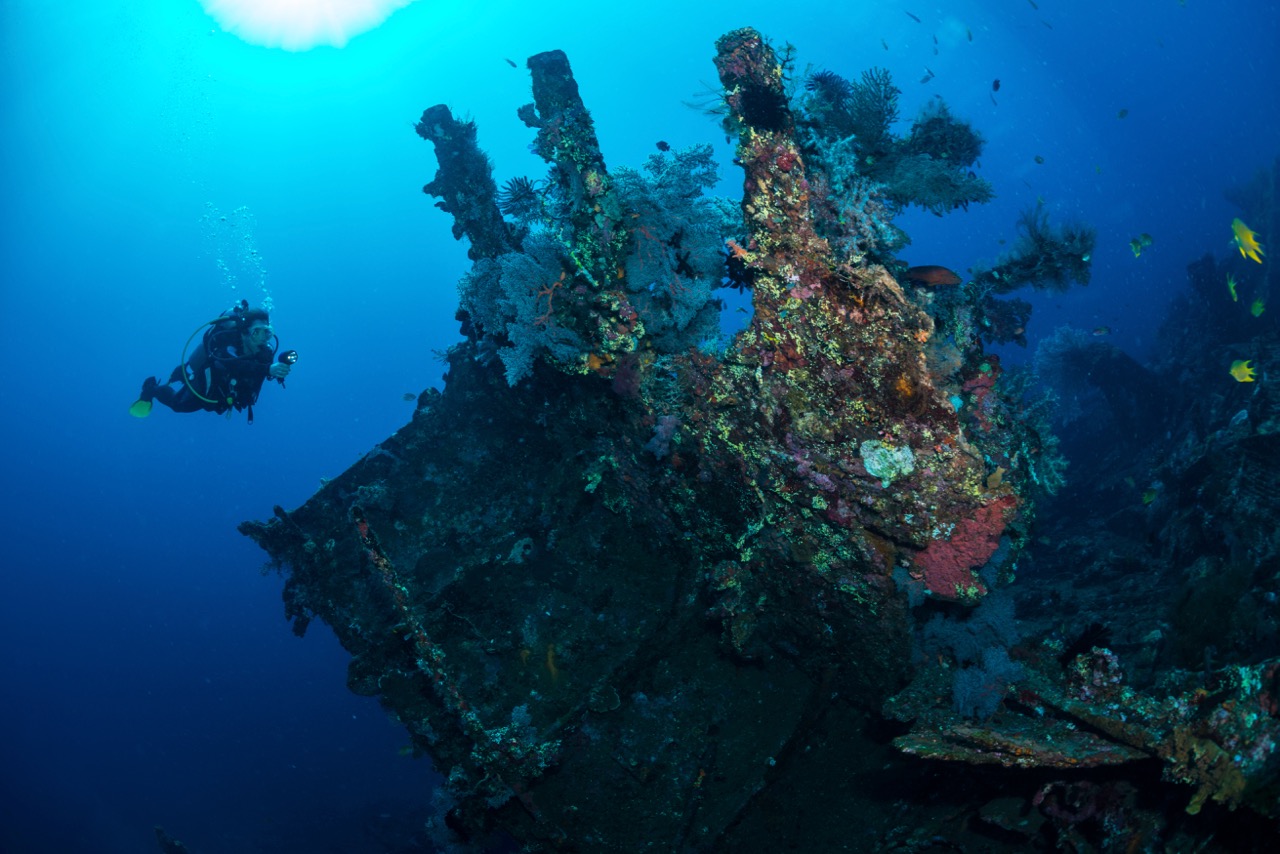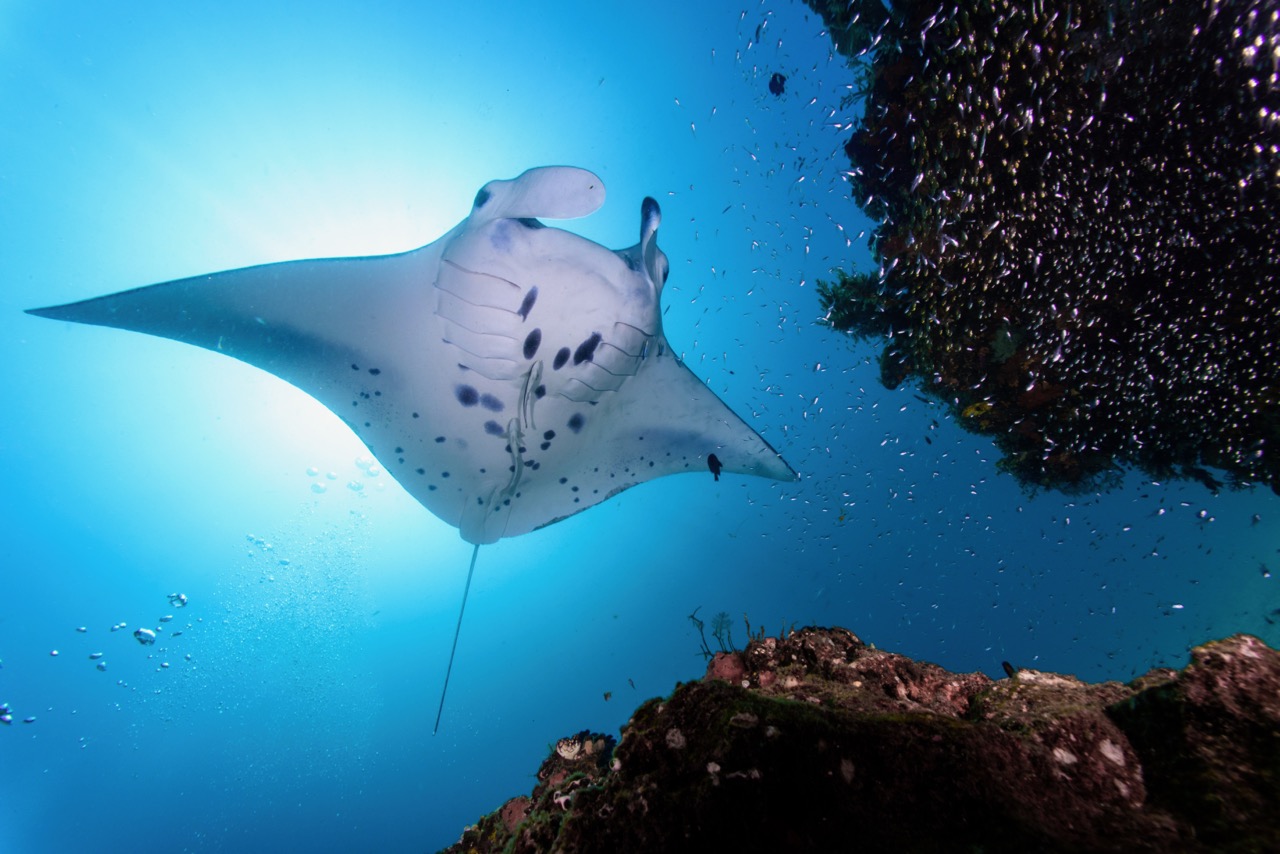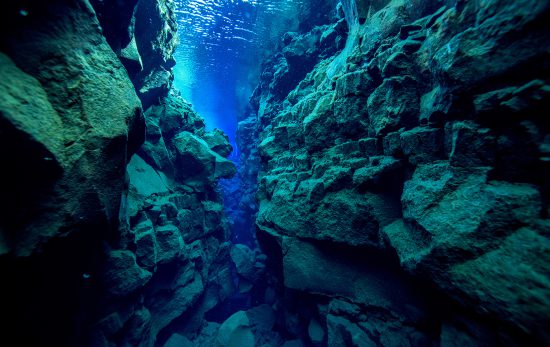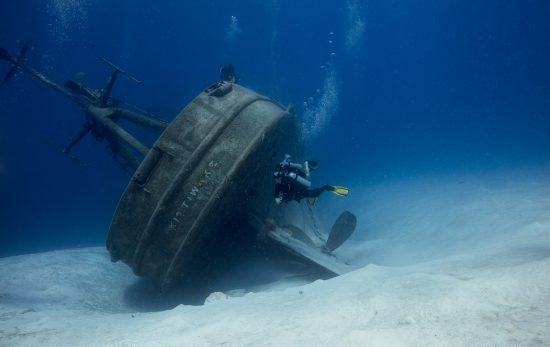Indonesia offers unbelievable diversity; the crystal clear waters are home to incredible creatures, both great and small. There are dive sites scattered all across the archipelago, where coral reefs and fantastic rock formations are the norm. With over 34,000 miles (54,000km) of coastline, diving is sublime on any of the over 17,000 islands that make up this exceptional nation.
All About Indonesia
Spread across 740,000 miles (1,919,000 kilometers), Indonesia is one of the largest countries in the world. Of the thousands of islands that make up this volcanic archipelago, over 6,000 are uninhabited.
Furthermore, the Indonesian people have been living off of the sea for eons. Scientists have found evidence of prehistoric inhabitants that dates back more than a million years on these isles.
Today, Indonesia is a melting pot of cultures, caused in part by the area’s tumultuous colonial history. Indonesia has previously been ruled by the Portuguese, the Spanish and the Dutch prior to declaring independence in the late 1940s. The last few years have been a time of explosive economic growth and prosperity for the country.
Tourism is one of the country’s most important industries, and scuba diving has certainly contributed to Indonesia’s success in this area.

Best Time To Dive in Indonesia
Beautiful year-round, there is never a bad time to go scuba diving in Indonesia. The dry season runs from April to October and is generally considered the best time to dive in Indonesia. The visibility is clearer, and the wildlife is more active. These months also include the mola season off Bali. However, water temperatures are cooler in the dry season.
Because Indonesia is spread across such a vast expanse, the weather varies fantastically from locale to locale. We suggest checking on our regional dive guides for more specifics on the seasons in the area of Indonesia you’d like to travel to.
Diving Conditions in Indonesia
Warm and humid yet comfortable throughout the year, temperatures range from 25 to 35°C (77 to 95°F) on land. In the water, 26 to 30°C (79 to 86°F) is common, but currents can pull in cold water between the islands, sometimes as chilly as 16°C (61°F). These cold currents can be particularly strong, making for incredible drift dives.
The visibility off the coast of Indonesia is unbelievable, often casually reaching more than 160 feet (50 meters). During the rainy season, run-off can limit visibility, particularly when making shore dives.
The Best Dive Sites in Indonesia
If you are a certified wreck diver (or are looking to attain your certification), check out some of the wrecks scattered throughout the Indonesian waters. Outside the village of Tulamben in Bali is the majestic USAT Liberty, a large World War II cargo ship that was sunk in 1942. Found in the shallows, this wreck can be dived from shore and is not to be missed!
Alternatively, take a trip to the primordial island of Komodo, where strong currents bring rich water, ideal for wildlife. While drift diving, you can see dolphins, manta rays and a wide array of shark species. Komodo’s sea mounts are bursting with color and teeming with life. And when you are not underwater, take a trip to Rinca Island to see the famous Komodo dragons!
With long, pristine beaches and healthy reefs, the Gili Islands are a sublime scuba destination. These jewels are often referred to as “the turtle capital of the world,” and two species of turtles lay their eggs here each year. This is a great place to get your Open Water Diver certification thanks to the plethora of friendly PADI dive shops and even friendlier underwater conditions.
If you are traveling to Bali, take a 40-minute speedboat and visit the islands of Nusa Lembongan, Nusa Ceningan and Nusa Penida for some of Bali’s most Instagrammed beaches and scenery.
Or, check out Raja Ampat, one of the most biodiverse regions on Earth. Liveaboards traverse these waters off West Papua, where divers can spot manta rays, wobbegong sharks and even whale sharks in crystal clear waters.
And, this list could go on! Indonesia is full of amazing dive destinations sprinkled around its many islands. Lembeh, Bunaken and Alor are just a few of the epic locations we don’t have space to cover here.

Marine Life in Indonesia
The Great Barrier Reef has 1,500 different species of fish. Indonesia, on the other hand, boasts over 3,000, offering a diverse and exciting selection of dives. This is the most biodiverse aquatic region in the world and located in the heart of the Coral Triangle. Marine life fluctuates throughout the year, yet there is always an abundance of species to discover.
In addition to the millions of colorful fish that call Indonesia home, there are plenty of other creatures that are not to be missed on your dives. Small creatures, like blue-ring octopus, multiple species of frogfish, sea turtles and ribbon eels congregate on the vibrant reefs, where healthy hard and soft corals grow to massive sizes. Manta rays are common here and often travel in majestic groups. Bali, Komodo and Raja Ampat have year-round, resident manta ray populations. In addition, whale sharks idle by many of the islands, enjoying the warm waters on their seemingly endless travels.
Off the coast of Bali, you can dive with the odd-looking mola mola, the heaviest bony fish on the globe, weighing up to 2,200 lbs (1,000 kg). Also known as the sunfish, the mola mola is bizarrely shaped, narrow and disc-like. Its fins are found on the top and bottom of its body, and it swims with a graceful yet awkward gait. These massive fish have a diet consisting almost entirely of jellyfish, which they consume in massive numbers.
Indonesia by Dive Resort or Liveaboard
The question arises of wether Indonesia is best explored from a dive resort or by liveaboard? The best option ultimately depends on what kind of trip you’re looking for.
Dive Resort
For those looking for a melange of diving and relaxation, with additional land-based excursions and plenty of downtime, a dive resort is the way to go. Resorts across Indonesia offer exciting dive schedules combined with extras like on-site spas, tropical gardens and secluded infinity pools. A dive resort trip is the best way to enjoy Indonesia if you’re looking for more flexibility.
Liveaboard
If you and/or your dive group are looking for a dive-intensive trip based on the ocean, liveaboards await! Liveaboard trips across Indonesia are built for adventurers, with multiple stunning remote regions covered by these built-for-diving vessels. In traveling with a liveaboard, divers can access hard-to-reach sites that are impossible to reach from land. Rest assured, liveaboards also offer photo-worthy moments of relaxation on sundecks and onboard massages.
Other Exciting Activities in Indonesia
After stepping out of the water, dry off and traverse this gorgeous country. Here are some of the best activities to enjoy during your surface intervals.
- Spend some time on the ancient island of Komodo, where you can see wild Komodo dragons sauntering among the trees.
- Discover Sumatra, where extremely rare wildlife, like Sumatran tigers and Sumatran rhinos, wade through the jungle.
- Take a river boat through Kalimantan (Indonesian Borneo) and see orangutans swinging from the trees.
- From the bottom of the ocean to the top of a volcano! Indonesia is part of the Ring of Fire and boasts a vast number of volcanoes. Some of the most famous include Anak Krakatoa (Java), Gunung Agung (Bali), Lokon (North Sulawesi) and Mount Rinjani (Lombok).
- If culture is a must on your trip, spend time on Bali and embrace the spirituality of “The Island of the Gods” where colorful ceremonies, fire dances and offerings are a daily occurrence.
- Discover Indonesia’s stunning scenery by water and take a white water rafting trip through the rainforest.

Important Information
- Language: Indonesian
- Currency: Indonesian Rupiah (IDR)
- Time Zone: GMT +7:00 to +9:00
- Calling Code: +62
- Visa: Visa on arrival for many nationalities
- Electricity: 220 V
- Major Airports: Jakarta International (Java), Denpasar International (Bali), Manado International (Sulawesi)
- Emergency number: 110
FAQs
Have more questions about planning a trip to dive Indonesia? Take a look at our FAQ section below for more information.
Everyone from non-divers to beginners and advanced divers can dive into Indonesia! Beginners can enjoy shallower, colorful reefs in the south of the Bali and the Gili Islands, while advanced divers can venture into the depths in Komodo National Park. Certain areas of Indonesia, such as the Banda Sea, have strong currents and depths more suited to divers with Advanced Open Water Diver certifications.
Dive resorts in Indonesia are among the best for mixed groups of divers and non-divers! On land, you’ll find exciting activities for non-divers, including treks, wildlife encounters, yoga retreats, beautiful beaches and conservation activities.
All PADI Dive Shops can be located using the PADI Dive Shop Locator here. Head to the link to browse the PADI Dive Shops across Indonesia.
One thing is for sure – no matter where you decide to explore in Indonesia, you certainly won’t be disappointed! Book your scuba diving holiday to Indonesia now and start looking forward to visiting this underwater paradise.
This blog was originally written by Bridget Pearson and published on the Diviac Magazine.

